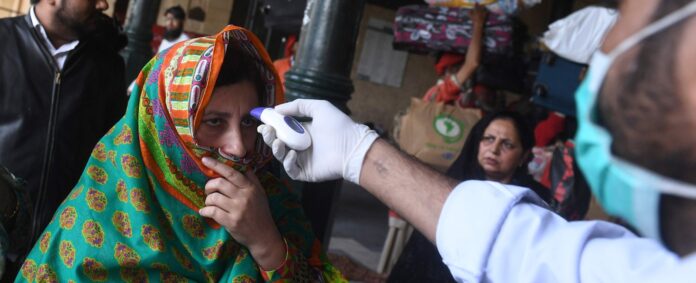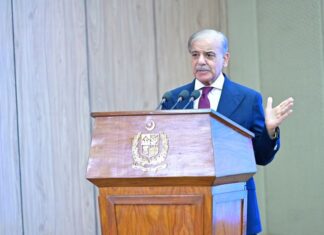ISLAMABAD: A special meeting of the Concept Clearance Committee of the Central Development Working Party on Wednesday approved “Pakistan National Emergency Preparedness and Response Plan for COVID-19” project, which is aimed at taking measures against the spread of virus in the country.
Deputy Chairman Planning Commission Mohammad Jehanzeb Khan chaired the meeting that was participated by Member Social Sector Dr Shabnum Sarfraz, Member Private Sector Asim Saeed, DG Health Dr Safi, World Bank Country Director Illango Patchamuthu and Asian Development Bank Country Director Xiaohong Yang.
According to officials, the approved emergency project is focused on taking measures through additional resources for strengthening the integrated disease surveillance and response system across the country through establishing isolation rooms, ensuring availability of Infection Prevention and Control (IPC) equipment and protective clothing for health teams, timely diagnostics and procurement of equipment and ventilators for critical care/case management across the country.
It also included the establishment of a real time surveillance mechanism for early detection and embedding of prevention and control measures to halt/minimise local transmission.
During the meeting, the Ministry of Planning, Development and Special Initiatives cleared an amount of $238 million from the World Bank (WB)’s funding, and endorsed another $350 million funding offered by the Asian Development Bank (ADB) in support for the COVID-19 emergency response in Pakistan and to address the socio-economic disruption associated with it.
Jehanzeb Khan thanked both ADB and WB for the all-out support to Pakistan during testing times.
“We need to enhance our cooperation to jointly fight challenges and demonstrate firm commitment for a multifaceted cooperation in different fields,” he added.
The country directors of WB and ADB elaborated various financial instruments that would be made available to support the Pakistan government for responding to the COVID-19, both for the emergency response as well as for catering to the socio economic impact of the epidemic on the vulnerable and marginalised population.























